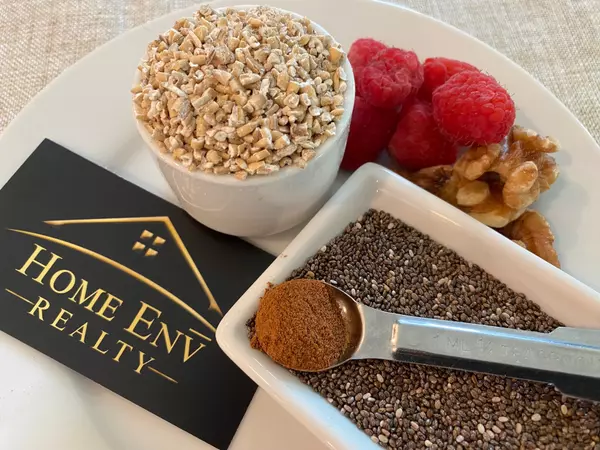Top 10 Steps to Creating a Winter Vegetable Garden in Florida
Preparing a winter vegetable garden in Florida is a rewarding way to enjoy fresh produce all year. Here’s a guide on the top steps for establishing a garden that thrives in Florida’s unique climate, drawing from expert tips from the University of Florida’s IFAS Extension guides.
1. Plan Your Garden
- Start by choosing vegetables suited for Florida’s winter climate, like broccoli, spinach, and carrots. Use this guide for a detailed planting calendar.
- Sketch a garden layout, considering companion planting and space for each crop.
2. Prepare Your Soil
- Improve Florida’s sandy soils with organic matter to retain moisture. Aim for a 2-4 inch layer of compost or organic mulch. A soil test through your local UF/IFAS Extension office can provide insight into necessary amendments, such as lime or nutrients.
3. Build Raised Beds (Optional)
- Raised beds help with drainage and prevent common issues like nematodes. Lay cardboard or ground cloth to suppress weeds before adding a soil mix high in compost.
4. Use Florida-Friendly Varieties
- Selecting disease-resistant plants is crucial for Florida’s garden environment. Check out the Florida Vegetable Gardening Guide to find suitable plant varieties.
5. Seed Starting and Transplanting
- Begin seeds indoors or in a shaded outdoor area for certain crops. Transplant after seedlings have a few true leaves and the risk of frost is low.
6. Water Management
- Drip irrigation or soaker hoses are ideal for winter gardens, as they conserve water and prevent fungal growth. Keep soil moist but not waterlogged, especially for young plants.
7. Mulch Your Garden
- Apply organic mulch, such as straw or leaves, to maintain moisture and reduce weeds. Avoid wood chips, which can harbor pests in Florida's climate.
8. Fertilize Wisely
- Use a slow-release fertilizer or compost to provide balanced nutrients. For organic options, explore the Organic Vegetable Gardening Guide for Florida-specific insights.
9. Pest and Disease Management
- Scout for pests regularly and introduce beneficial insects if needed. Reference UF’s pest management tips, as beneficial insects like ladybugs can keep aphids under control.
10. Harvest Regularly
- Picking vegetables as they ripen encourages more growth. Promptly harvest crops like lettuce and broccoli to prevent pest infestations and maximize yield.
For further reading and resources, explore UF/IFAS's extensive guides on vegetable gardening tailored for Florida’s seasonal and regional needs. A well-prepared winter garden can bring bountiful harvests throughout the cooler months!
Categories
Recent Posts

Episode 1 – Why Time & In Writing Matter

Contract Tips – Why You Need a Professional Like Me!

What Happens Behind the Scenes After You’re ‘Clear to Close’?

Understanding Escrow in the Florida FAR/BAR Contract: What You Need to Know

A Taste of Home: Falafel & Tzatziki Sauce for Your Real Estate Journey

Power-Packed Protein Smoothie for a Healthy Lifestyle

Exploring Gainesville's December Real Estate Surge

Creamy Coconut Curry Recipe: A Comforting Dish for Everyone

The Perfect Power Oatmeal Bowl

How to Utilize AI to Improve Your Health

